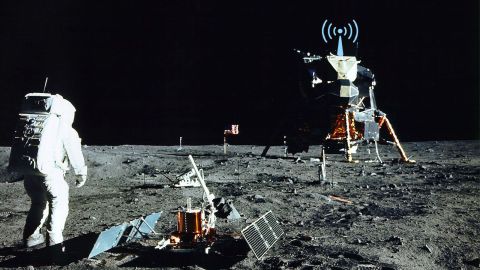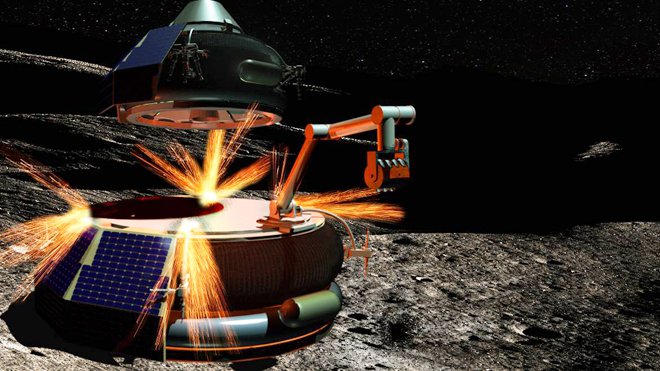4G WiFi on the Moon? It’s coming as soon as next year

Four companies are working together to provide 4G WiFi on the Moon so that HD images from a number of networked cameras on the lunar surface and on two Audi lunar quattro rovers can be broadcast back to Earth.
The companies Vodaphone, Nokia, and Audi are the ones making it happen, with the primary effort by German company PTScientists to include the first privately funded lunar mission. It includes the “lightest ever” Ultra Compact 4GLTE Network weighing less than 1 kilo, or just over 2 lbs.
All equipment will be sent to the Moon using a SpaceX Falcon 9 rocket.
The launch is set for 2019, and includes a carefully selected mission to find the original Apollo 17 landing site—and leave it undisturbed.
Nokia’s CTO Marcus Weldon talked to Engadget about the project. “We are very pleased to have been selected by Vodafone to be their technology partner. This important mission is supporting, among other things, the development of new space-grade technologies for future data networking, processing and storage, and will help advance the communications infrastructure required for academics, industry and educational institutions in conducting lunar research. These aims have potentially wide-ranging implications for many stakeholders and humanity as a whole, and we look forward to working closely with Vodafone and the other partners in the coming months, prior to the launch in 2019.”
The CEO and founder of PTScientists Robert Boehme also made it clear what some of the goals are in this effort: “In order for humanity to leave the cradle of Earth, we need to develop infrastructures beyond our home planet. The great thing about this LTE solution is that it saves so much power, and the less energy we use sending data, the more we have to do science.”
The companies discussed a possible 5G network, but that technology isn’t yet proven or standardized, so they opted for 4G.
The mission will mark 50 years since the first walk on the Moon, in 1969, ferried by Apollo 11 and featuring astronauts Neil Armstrong and Edwin “Buzz” Aldrin.





